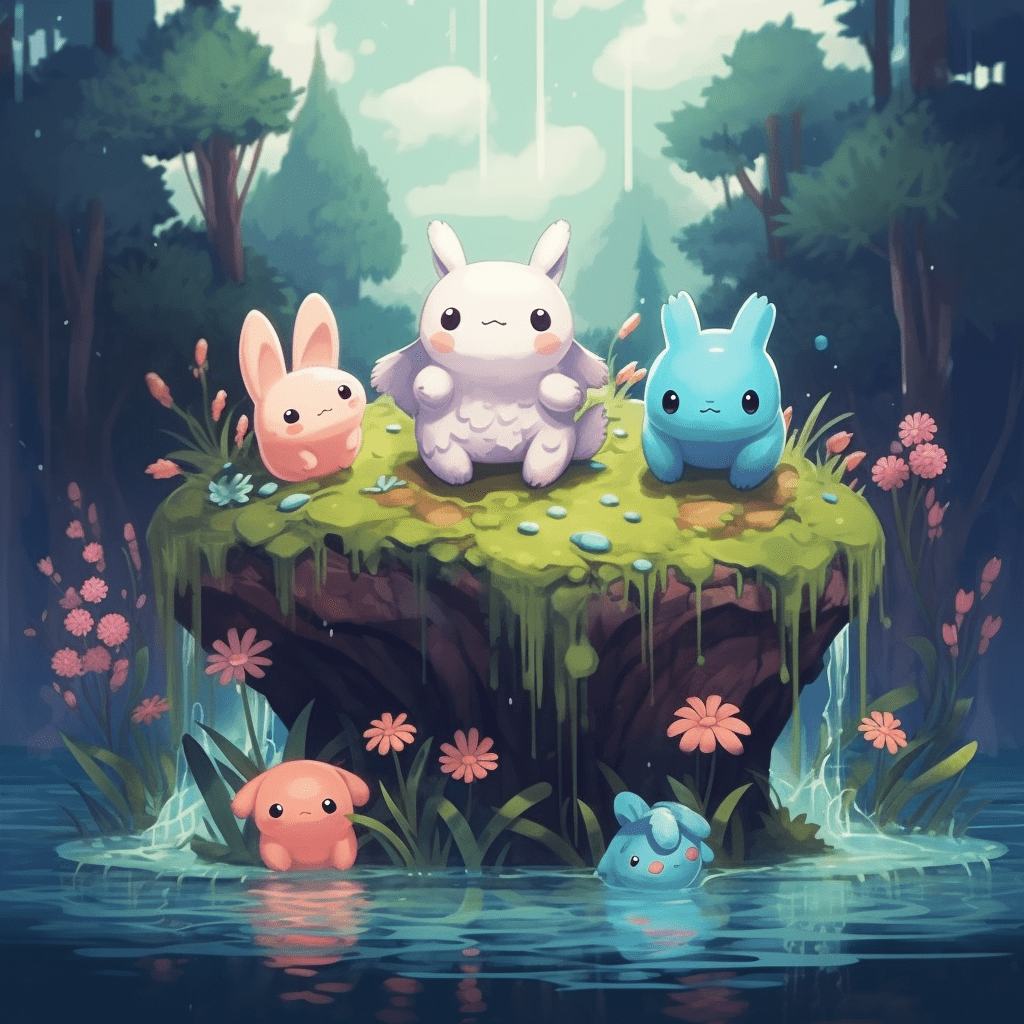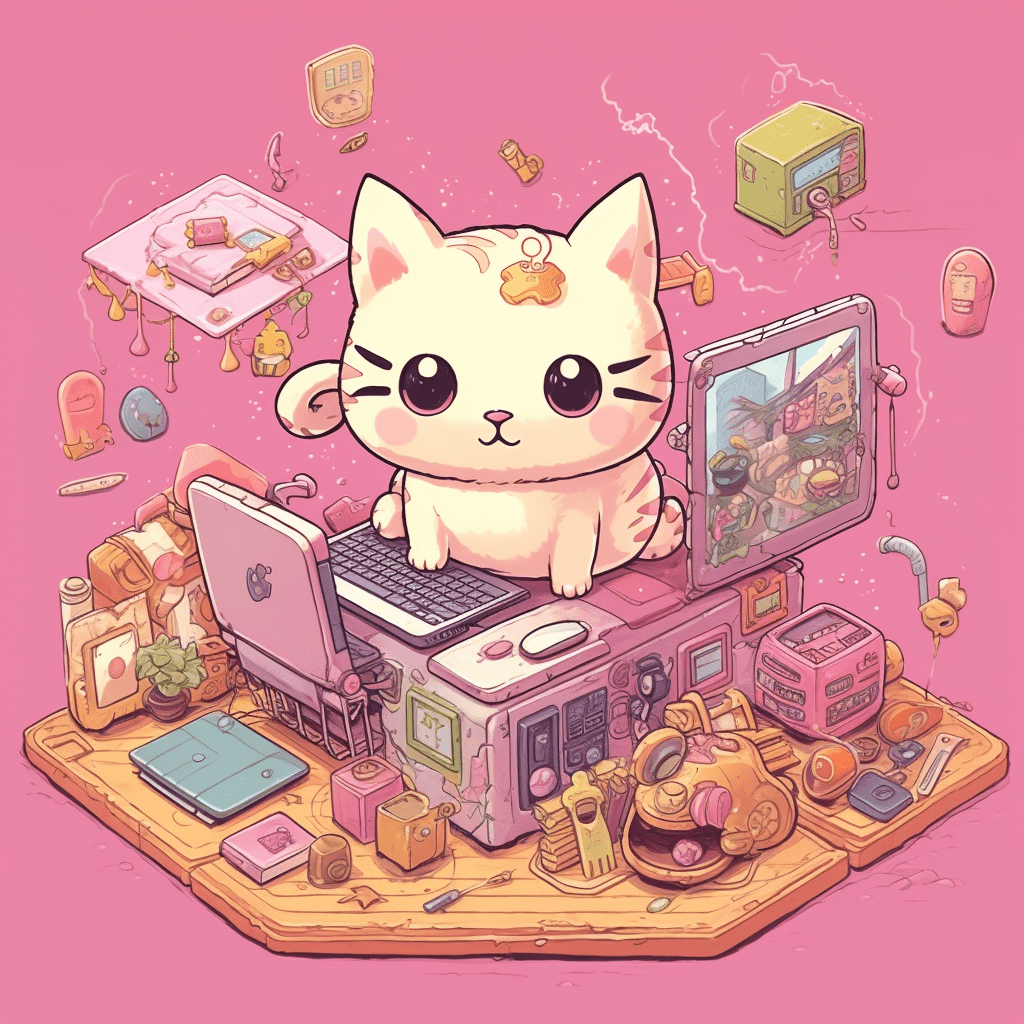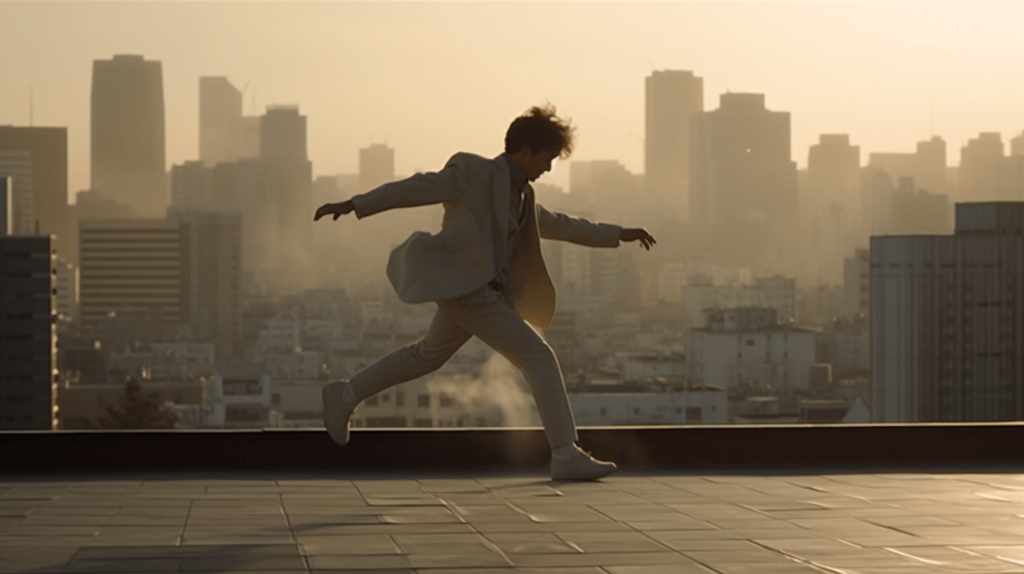In the rapidly evolving landscape of blockchain technology and cryptocurrencies, Non-Fungible Tokens (NFTs) have emerged as an exciting new frontier. The ability to generate NFTs has unlocked new avenues for digital artists, creators, and collectors. However, it’s more than just digital art – from virtual real estate to digital sneakers, almost anything can be tokenized and turned into an NFT. Here, we dive into some of the latest trends and innovations that are driving the NFT generation scene.

Interactive NFTs: A Dynamic User Experience
Traditional NFTs are static, meaning once minted, they can’t be altered. However, the advent of interactive NFTs is transforming the scene, introducing NFTs that respond to external data or user interactions. For instance, there are NFTs whose appearance changes based on real-world events or the time of day. Other NFTs incorporate interactive game elements, blurring the lines between digital art and gaming. As interactive NFTs grow in popularity, we can expect to see more artists and creators leveraging this technology to provide a more dynamic user experience.
Fractionalized NFTs: Making Art Accessible
High-value NFTs often come with steep price tags, making them inaccessible to the average buyer. Fractionalized NFTs are tackling this issue, breaking down an NFT into smaller, more affordable pieces. This concept allows more people to own a piece of a coveted artwork or rare collectible, democratizing access to high-value digital assets. As the demand for NFTs continues to grow, so too does the potential of fractionalized NFTs to open up the market to a wider audience.
Physical-Digital NFTs: Bridging Two Worlds
As much as NFTs are rooted in the digital world, there is an emerging trend of physical-digital NFTs, which tie a digital token to a physical asset. This could be a real-world piece of artwork, a vinyl record, or a designer sneaker. Owning the NFT equates to owning the physical item, and it can be transferred or sold just like any other NFT. This convergence of the physical and digital worlds is still in its early stages but holds fascinating potential for industries like art, fashion, and collectibles.
Programmable NFTs: Smart Contracts in Action

At the heart of NFTs are smart contracts – self-executing contracts with the agreement directly written into code. The advent of programmable NFTs has made it possible to embed more complex functionalities into these smart contracts. For instance, artists can program royalties into their NFTs, so they receive a percentage of sales every time their artwork is resold. This provides a sustainable income source for artists, a major departure from the traditional art world where artists don’t benefit from the resale of their work.
NFTs and DeFi: A Potent Combination
The rise of Decentralized Finance (DeFi) has intersected with the NFT space, creating an innovative subset known as NFT-Fi. This concept involves using NFTs in financial applications, such as taking out loans or earning interest. For example, an owner of a high-value NFT can use it as collateral to secure a loan. This trend is still nascent but is poised for growth as the DeFi and NFT sectors continue to evolve and intersect.
These trends highlight the dynamic and innovative nature of the NFT space. From interactive and fractionalized NFTs to the merging of physical and digital assets, NFTs are continually pushing the boundaries of what’s possible in the realm of digital ownership. As these trends continue to develop, they will undoubtedly shape the future of
digital ownership and creation. Each advancement not only widens the potential use-cases for NFTs but also makes them more accessible, more engaging, and more valuable to a diverse array of users.
NFTs in the Metaverse: The Next Frontier
In a rapidly digitizing world, perhaps no trend is more exciting or has more potential than the emergence of the Metaverse. The Metaverse is a collective of virtual shared spaces, created by the convergence of virtually enhanced physical reality and physically persistent virtual space. NFTs are poised to play a key role in this future, offering a means for users to own, trade, and showcase digital assets within these spaces.
From virtual real estate to digital wearables for avatars, the potential for NFTs in the Metaverse is vast. Not only will users be able to interact with the digital world in new and immersive ways, but they’ll also have the ability to generate and monetize their own NFTs within this space. This convergence of NFTs and the Metaverse stands to create a new digital economy, reshaping how we perceive and interact with the online world.
Building Towards an Exciting Future

With every new trend and innovation, it’s clear that the capabilities and potential of NFTs are only just starting to be understood. As technologies continue to evolve, the ability for artists, creators, and collectors to generate NFTs will become even more straightforward, opening the door for a new wave of creativity and digital ownership.
Whether it’s interactive artwork, fractional ownership, physical-digital tie-ins, smart contract functionality, DeFi integrations, or the exciting prospect of NFTs within the Metaverse, each trend offers a glimpse into the exciting future of NFTs. In a world where digital experiences are becoming more immersive and personal, these innovations are laying the groundwork for an entirely new way to create, own, and engage with digital assets.
The landscape of NFT generation is experiencing rapid innovation and growth. From interactive NFTs and fractional ownership to the exciting possibilities of NFTs in the Metaverse, this article explores the latest trends shaping the future of digital creation and ownership.
